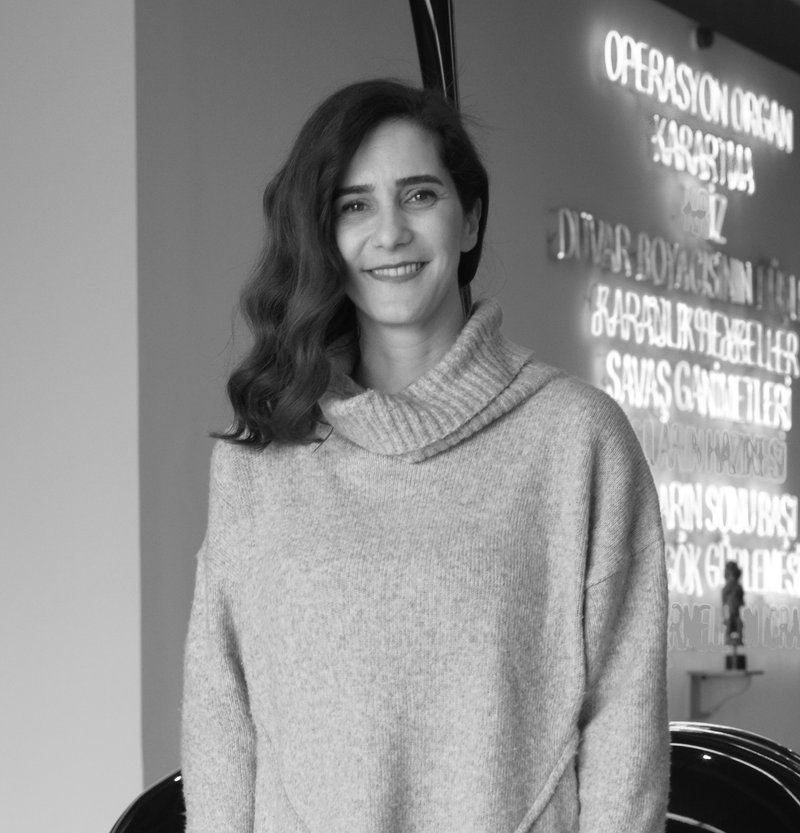Demet Yildiz

Participating in the CIMAM Annual Conference was a unique experience for me in terms of my professional development as it provided a unique platform to meet colleagues from different geographies sharing similar concerns. While dealing with the daily challenges in various local and international contexts, one tends to lose perspective and feels isolated; participating in the conference dissipated these thoughts through enabling its participants to exchange experiences and ideas. Furthermore, the conference program was to the point in addressing challenges of art institutions by including speakers engaged to diverse publics while dealing with global economy and technology as well as social, political, economic conditions within their local context.
The first day of the conference was dedicated to the global condition of art world. Daniel Birnbaum and Ann-Sofi Noring, keynote speakers, discussed institutions adapting new ways to be inclusive of different geographies and their relevance to the current situation at home that is very much affected by the immigration and dislocation of populations. Victoria Noorthoorn’s speech was on how an institution can help to rewrite alternative art histories not as a complementary addition, but as a contribution of multiple histories to create a more equal and democratic understanding of the arts. This was followed by Katya García-Antón’s speech which critiqued the politics of inclusion and suggesting new ways to decolonize art institutions. Loulou Cherinet discussed how institutions can reformulate research strategies without falling into pits to make meaningful inquiries into the unknown in this case of ‘wider world’. Additionally, the mind opening panel discussion by Sara Arrhenius, Magdalena Malm and artist duo Simon Goldin and Jakob Senneby showed how innovative collaborations between institutions and artists enabled cross disciplinary projects that were not possible previously and what kind of possibilities they could offer to contemporary practices in art.
During the second day, the speakers talked about the technological changes that challenged functioning of the museum as well as its role in a society that is deeply affected and concerned by these technological challenges. Aforementioned issues were tackled by speakers such as Michelle Kuo, who talked about the current condition of the immersive and interactive museums by starting from its historical background to today to projections to the future during the age of AI, Lars Bang Larsen suggested ways in which to imagine the world and technologies when we were immensely imbued in technology. These speeches were followed by Ho Tzu Nyen’s speech on digital creation of art basing his work on the invented concepts such as ‘South East Asia’, and by Yuk Hui discussing of cosmotechnics and cosmopolitics. David Neuman, Richard Julin, Astrid Söderbergh Widding, Tessa Praun and Susanna Pettersson elaborated on the Swedish model of art institutions as well as on making an historical institution relevant to today’s world.
On day three, the focus was the ethics through which the core values of the museums are preserved. Jörg Heiser’s take on the curator’s role shed critical light on the fierce debates currently revolving around the art institutions and their role as the leaders of those institutions. Following speakers – including Ahmet Öğüt, Ann Gallagher, Mami Kataoka – presented their positions from different geographies while holding different roles within the art world.
In addition to the formal speeches and discussions, workshops that brought conference participants together over lunch to discuss urgent issues that the CIMAM board is dealing at the moment enabled each member to engage with those issues on a deeper level.
I believe that the most amazing thing about the conference was the openness of the participants to exchange ideas as it worked out as a platform where the hierarchical differences in position and rank disappeared, and where Travel Grants holds a crucial role in terms of encouraging participation of various voices in the conference which would otherwise be impossible.